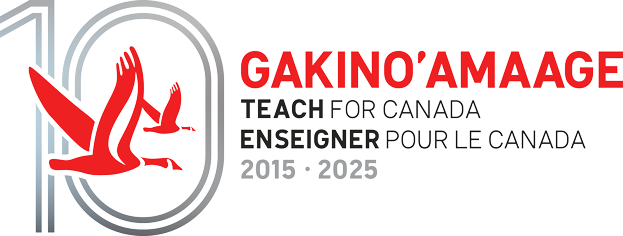Heather Mason is a vice principal in God’s Lake Narrows First Nation. God’s Lake Narrows First Nation is located in Northern Manitoba and has a population of approximately 3,000 people. It is a fly-in community with ice road access from January until March. We asked Heather common questions educators have when considering teaching in the North.
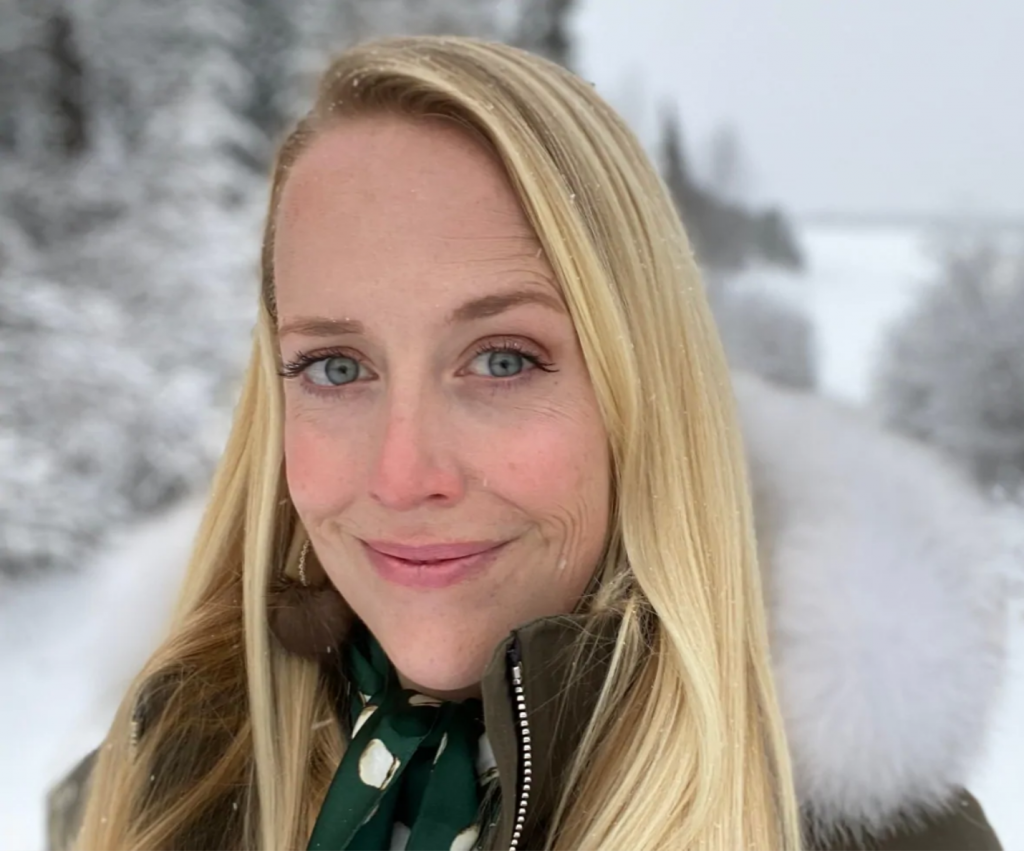
Heather was recognized one of CBC’s Manitoba Future 40 and previously received the Outstanding Women Award from Brandon University.
1. What is your role in the community?
My main job at the school as vice principal generally focuses on discipline of students. Luckily for me this year COVID has reduced the number of students we have in the building so my job has been pretty easy in that regard. We hardly had any behavioural issues to deal with at all in the last 2 months, so that has been really great.
It’s actually my first year as an administrator. I just recently finished my masters degree in administration so I’ve only been an administrator for 2 months. I write a weekly school observation letter where I address positive things that are happening in the school and a monthly newsletter. Some more formal parts of my job include tracking inventory, maintaining social media accounts, creating schedules for support staff, dealing with daily operations in tandem with the principal, and anything that happens to come up during the day.
2. Prior to COVID-19, what did a typical school day look like?
Our staff arrives at 8:00 am in the morning which gives them around 45 minutes of preparation time before the students come in at 8:45 am. Our day starts at 9:00 am. The average class size is 20 students. 23 is about as large as any class gets. Lower grades have almost perfect attendance until Grade 7, 8, and 9 and then the numbers start to fall off for a variety of reasons. We have a full hour lunch break and two 15 minute breaks for students to go out for recess.
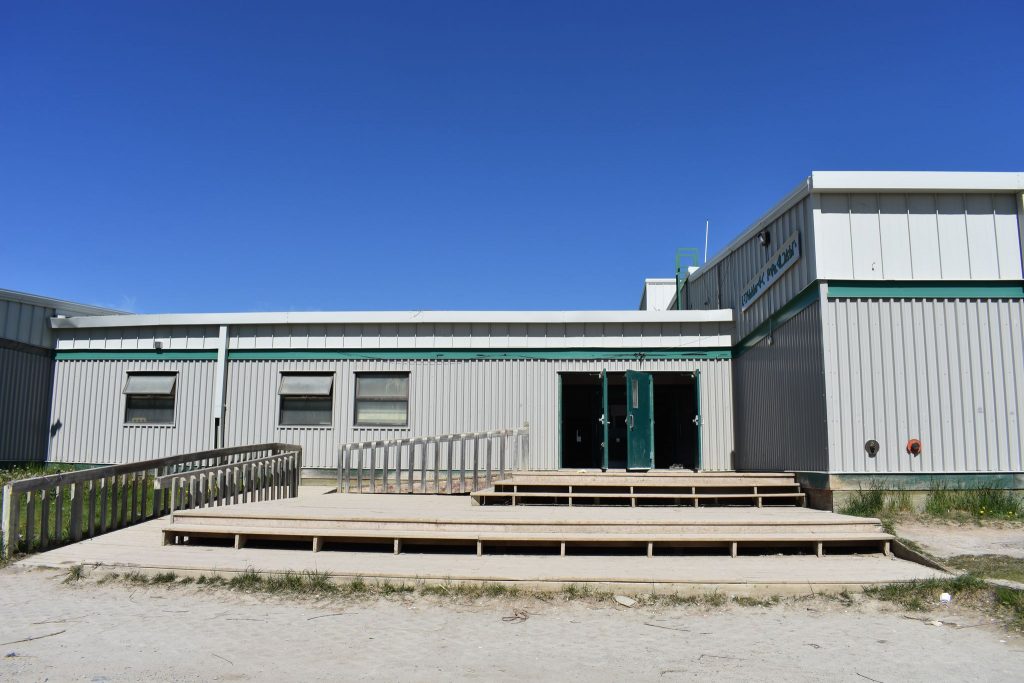
God’s Lake Narrows is one of the larger communities that Teach For Canada is partnered with.
3. What do things look like right now with COVID-19?
Our community has taken it very seriously since day one. We are discouraging gatherings of more than five people. We can’t have extracurricular activities right now since we can’t guarantee student safety. For our school schedule, we have classes rotating on a Day 1 and Day 2 basis. Half the class comes on Day 1 for a full day and the other half comes on Day 2 for a full day. To avoid burnout we have dedicated Fridays as a sanitation and assessment catch up day for teachers that are doing homework packages and sanitizing their classrooms.
We want to make sure that teachers are not feeling completely overwhelmed. We are offering both in class sessions and distance education for students whose parents are uncomfortable with sending their children into the building. Teachers are splitting their time doing a lot of jobs and we wanted to support them that way.
4. What is the youth experience like in God’s Lake Narrows?
A lot of our students are interested in sports and video games. Social media is unfortunately really big with students right now. Our school only goes to Grade 9 so students leave when they are about 14 years old and are then flown to another city like Thompson or Winnipeg. They finish their high school education in another community which is not ideal. That is why they are building a new school in our community. We will eventually be able to run all the way to Grade 12 in the next year or so.
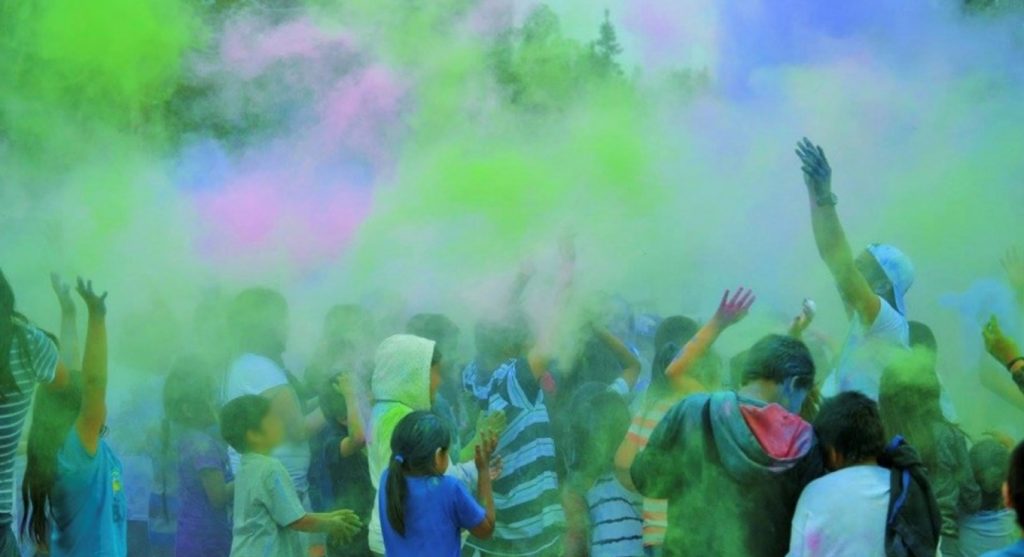
Heather organized a run or dye colour run where participants threw coloured powder at one another at the end of the 4km race. It was a very successful event and a great way for the school to bond.
5. What is the cost of living like in God’s Lake Narrows?
It is a bit higher than the South. For instance, a gallon of milk will cost you about $7, a bag of potatoes is around $2 down South and about $7.99 up here. So you are paying sometimes double or triple what the cost of food is down South. However, our rent is reduced and subsidized to help with living costs. You pay about 300$ max for a 3 bedroom unit, including hydro, which is pretty decent I think.
6. Would being a vegetarian be a challenge?
I think a vegetarian would do well. Our food access is a bit limited — our grocery store is small. However, they do offer a consistent amount of fresh fruits and vegetables so you would not have to worry about that. There are also a lot of frozen vegetables.
Here is what it is like to eat in the North from a teacher’s perspective
7. How long is a teacher’s commute from home to the school?
If you could throw a baseball pretty far, you could hit the school from your house. It’s about a one minute walk. That makes things a lot easier for everyone, especially in the winter. Each teacher has their own unit and we offer a 1, 2, or 3 bedroom unit.
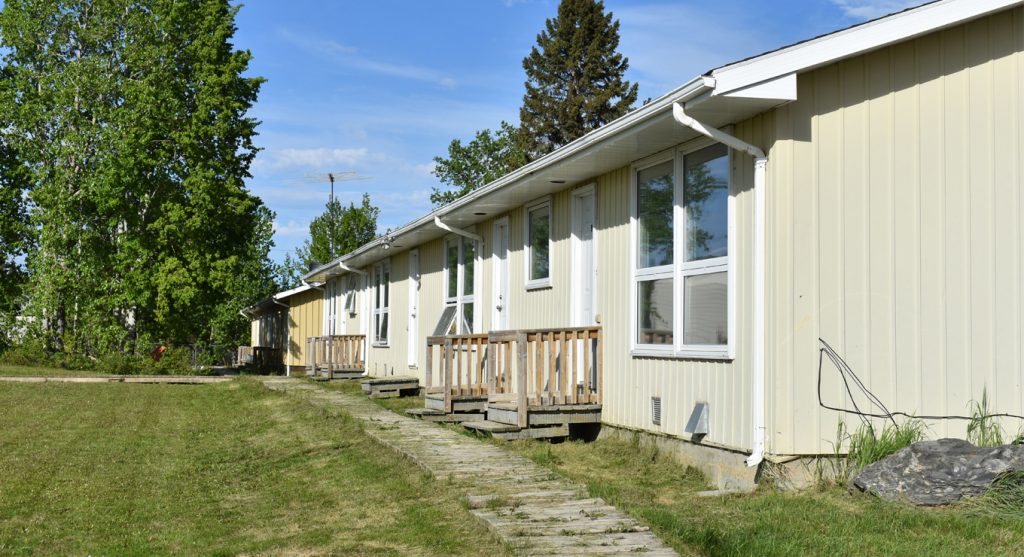
Housing provided for a teacher by a school is referred to as a teacherage. Want a tour of a teacherage? Watch this video for an inside look.
8. What sorts of activities are available for teachers in their free-time?
Prior to COVID-19, we had local hockey and volleyball teams that were pretty popular to watch. We have world class fishing if you are into hunting and fishing, hiking and snowshoeing, and arts and cultural events in town. You will have access to canoes and fishing boats. If you have a boating license, you are free to use that equipment. We have gatherings and bonfires in the staff communal area. There is a local fishing lodge in town where staff meet for dinners on the weekends. We have a gym facility for staff to workout in as well.
Learn more about how teachers spend their spare time in the North
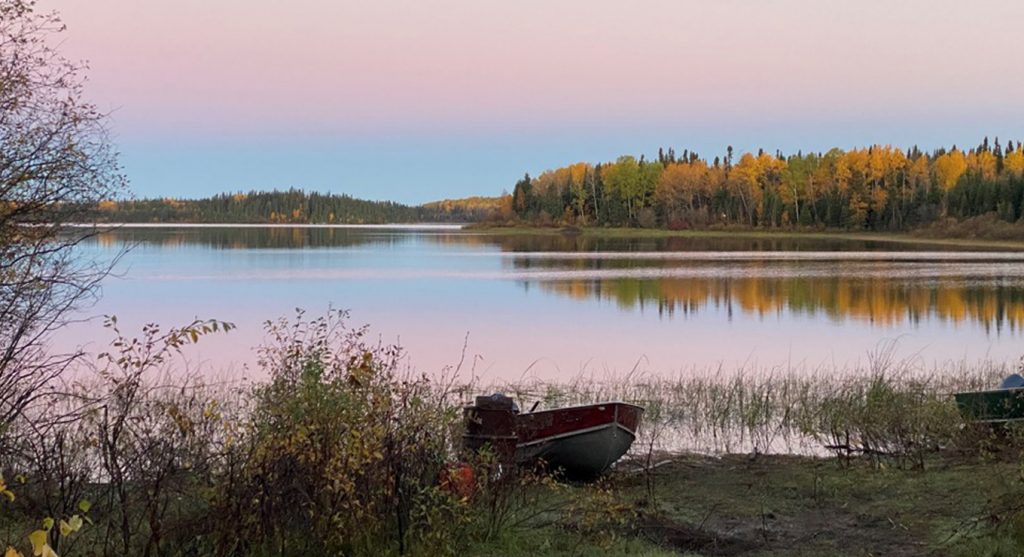
Fun fact — All the water in Manitoba runs north! Teachers can borrow and use boats similar to the one pictured above.
9. What would employment opportunities look like for teachers that apply with a non- teaching partner?
There are some jobs that anyone can apply for. We have a local RCMP station, a nursing station, and a local Northern store and sometimes people get work there. There are opportunities for custodial, janitorial, and security work. We have a large construction crew on site right now because a new school is being built so there will be jobs available for at least the next 2 or 3 years while that is being completed. Sometimes we hire partners for educational assistant work as well. It depends on the situation.
*All the communities that we work with are unique and different. Employment opportunities will vary by community. Here is one teacher’s experience of going North with a partner*
10. What is the wildlife like in the area?
We do have bears, wolverines, moose, wolves, and other large animals around. Generally, everyone is very safe inside our community. If you’re out snowshoeing and out in the wilderness alone then we recommend that you take some weapon with you or bear spray. I have my hunting license so I bring my rifle with me, but that’s not common.You don’t have to do that. I spend a lot of time out on the land myself.
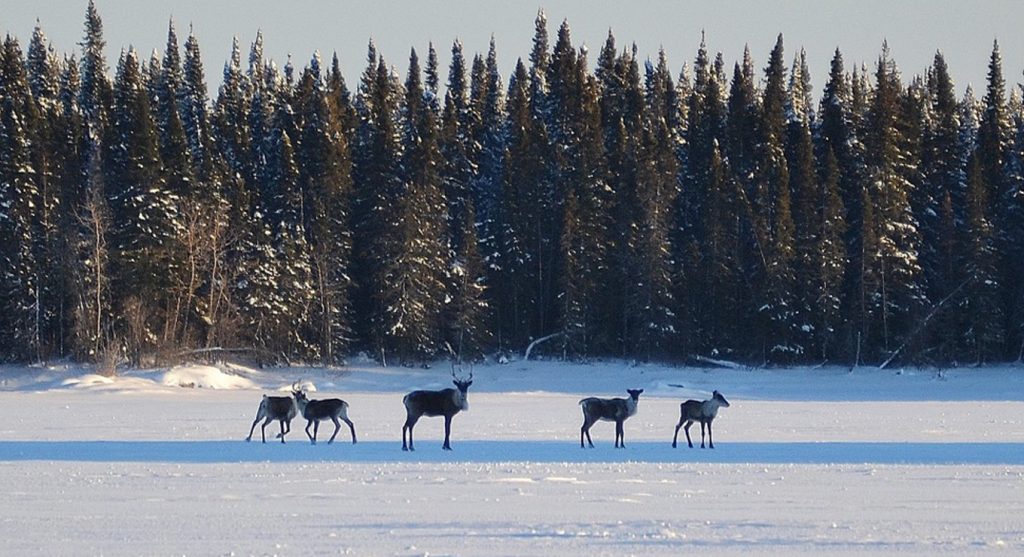
*Teach For Canada has rarely heard of negative teacher experiences regarding encounters with wildlife, but it is important to always be prepared*
11. What is safety like in the community?
I live outside of the school area. I have a house in the community and I feel very safe. If you feel nervous living in the teacher area, we have security for the evening hours up until 7 am in the morning. We generally have very few incidents that affect our school. I feel very safe here and I know a lot of the staff do as well. Most people aren’t concerned about that stuff.
12. How can teachers build relationships with the community and land, especially if they are unfamiliar with the culture?
God’s Lake Narrows is a very friendly community. We host a lot of events like: treaty days, musical events, and gatherings. These activities are outside of work hours so we really encourage you to meet others and to be active. Join some sports teams if you want and get involved in coaching. Coaching helps you to get to know the students better as well. Make a friend here and there and build your network. Don’t be shy to make friends in a new place. We know that everyone who comes here needs to learn and we are open to sharing.
We know it takes time for people to open up and learn those skills. As long as you are open minded and willing to jump in and learn then I think you will do just fine.
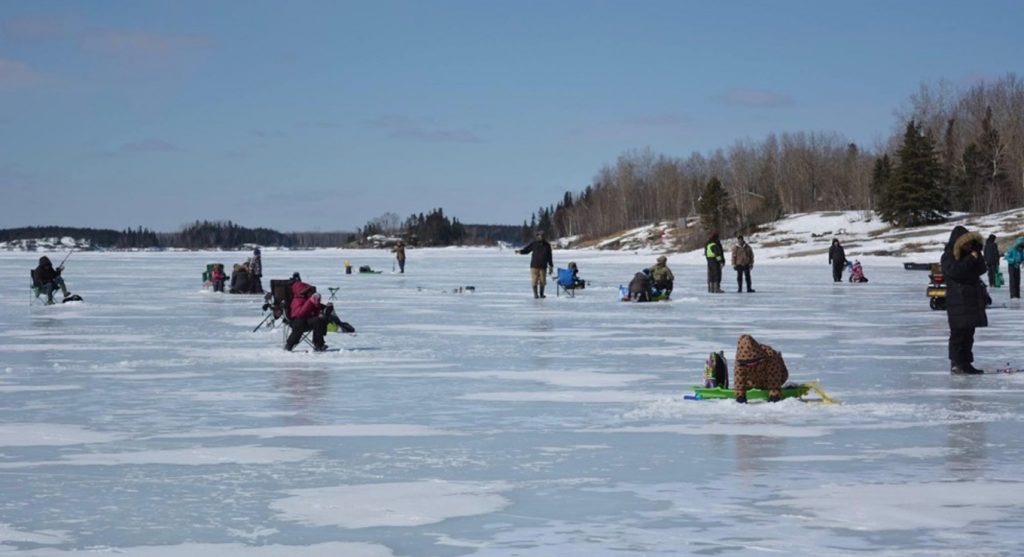
The town fishing derby — Teachers can get involved in the event and participants can win large prizes!
13. What are some challenges that educators may encounter with students, families, or the school?
Our number one challenge for our junior high students would be attendance and motivating them to come to school. I think they really need a lot of engagement in the classroom and when teachers aren’t providing that, students check out quickly. You have to be really mindful of that when you are teaching older students. You have to work harder for it I think.
14. Are there any particular strategies to encourage attendance or engage students in a better way?
I find that using more hands on experiential learning and outdoor learning experiences can really turn things around in the classroom. I think all too often teachers get stuck on worksheets and notebooks.
Learning can happen in all sorts of ways. Don’t be afraid to try something that is outside your toolkit that you wouldn’t normally use.
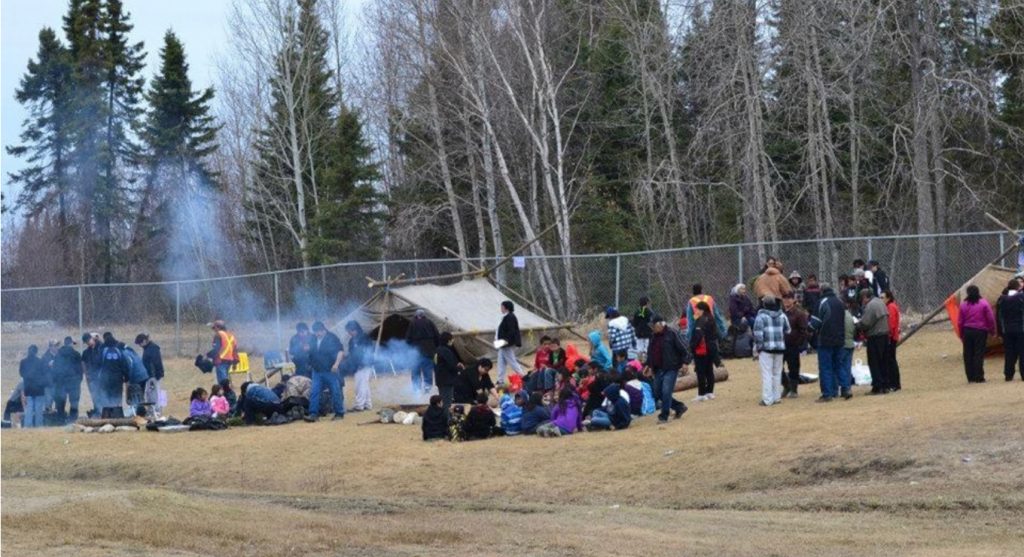
God’s Lake Narrows hosts a fall and spring cultural week where students learn how to prepare meat, make fires, and cook.
15. What advice do you have for teachers who are considering teaching in a Northern First Nation?
Be open and flexible. Research the community before you go so that you don’t have a fixed idea in your mind that gets disrupted once you arrive. That happens a lot. Do your best to check your European classroom idea and put that to the side. Try to incorporate as much culture as you can and make connections with the community. Making these kinds of connections will help reduce boredom and help community members and students to trust you.
Watch this video for more advice from Teach For Canada teachers.


